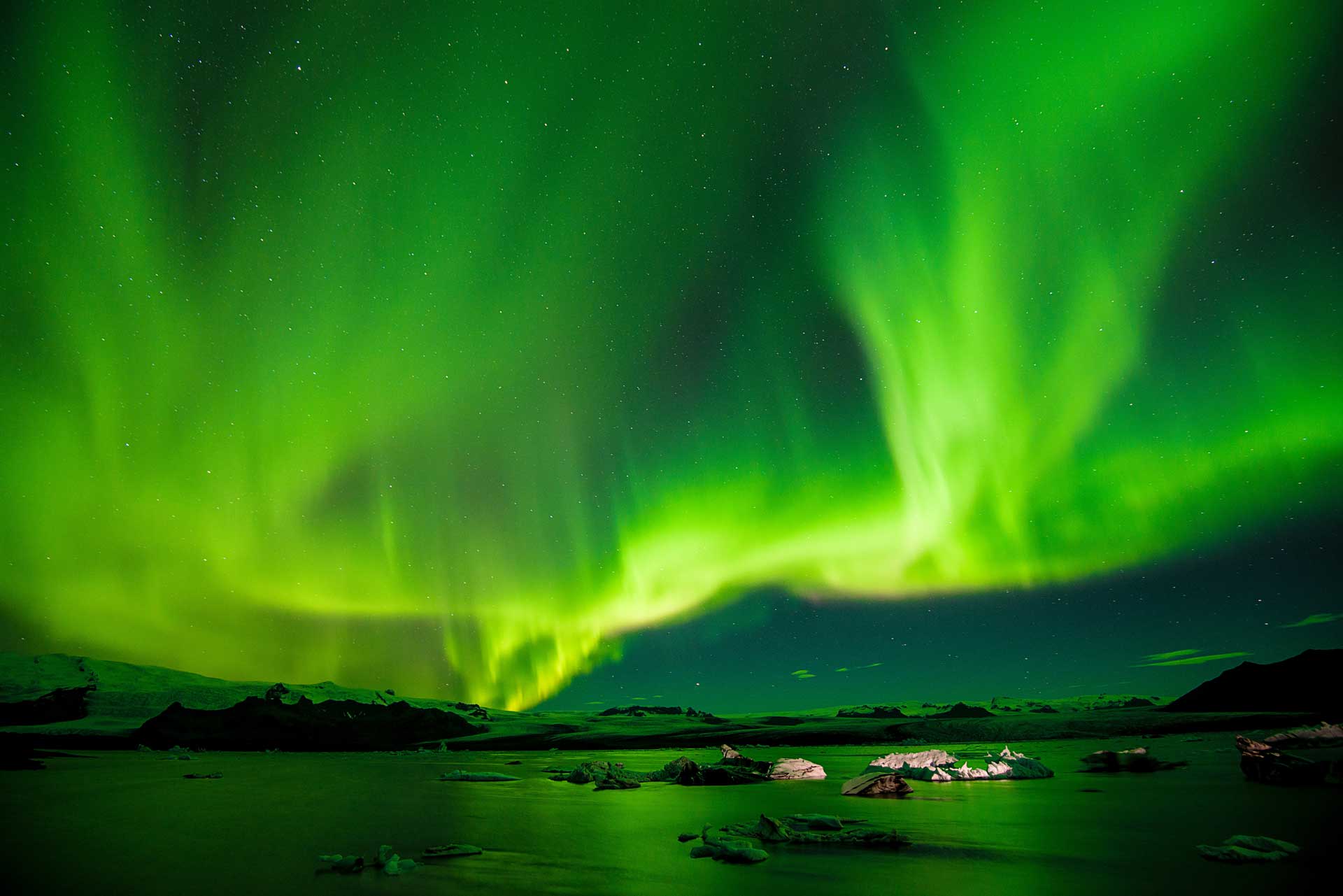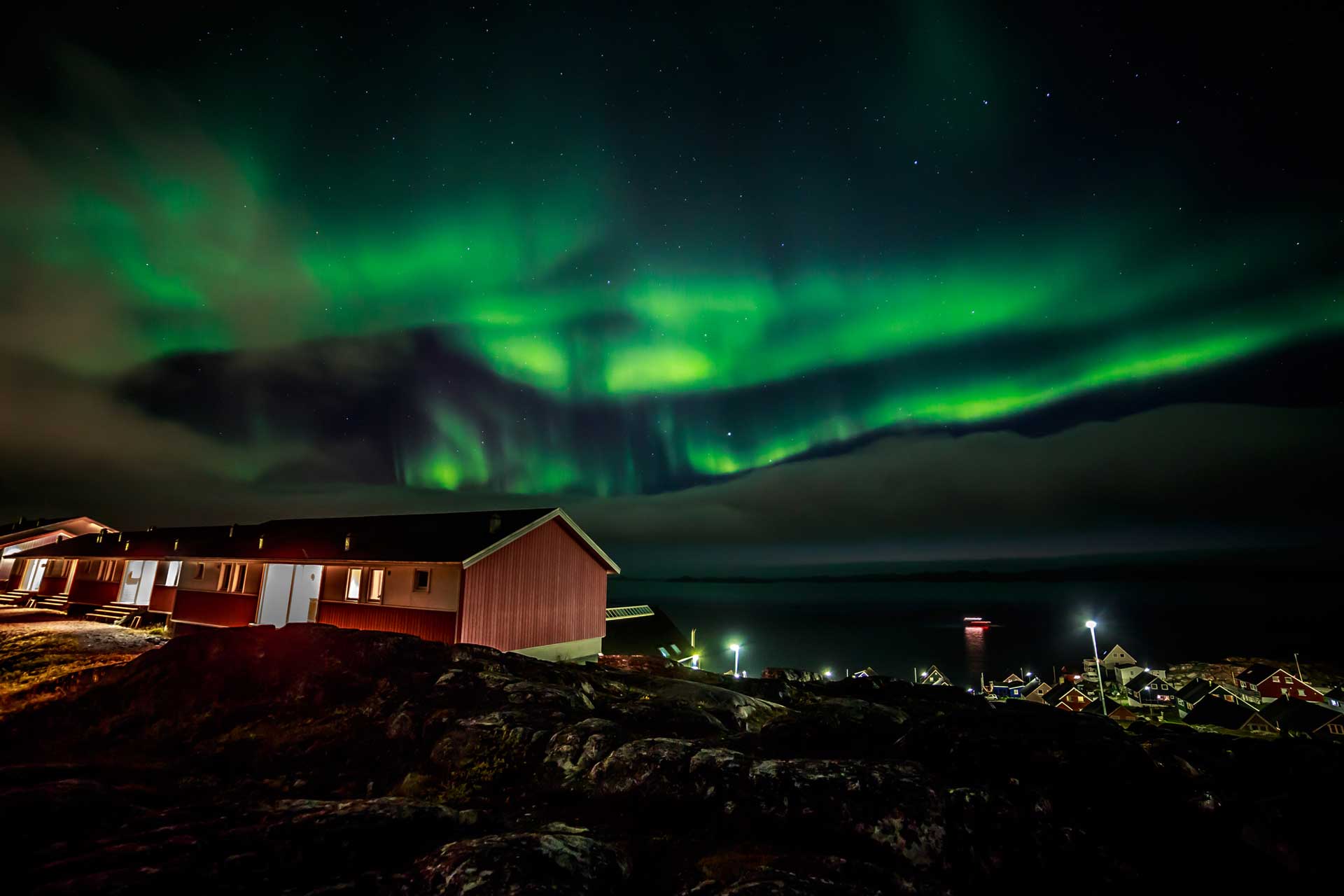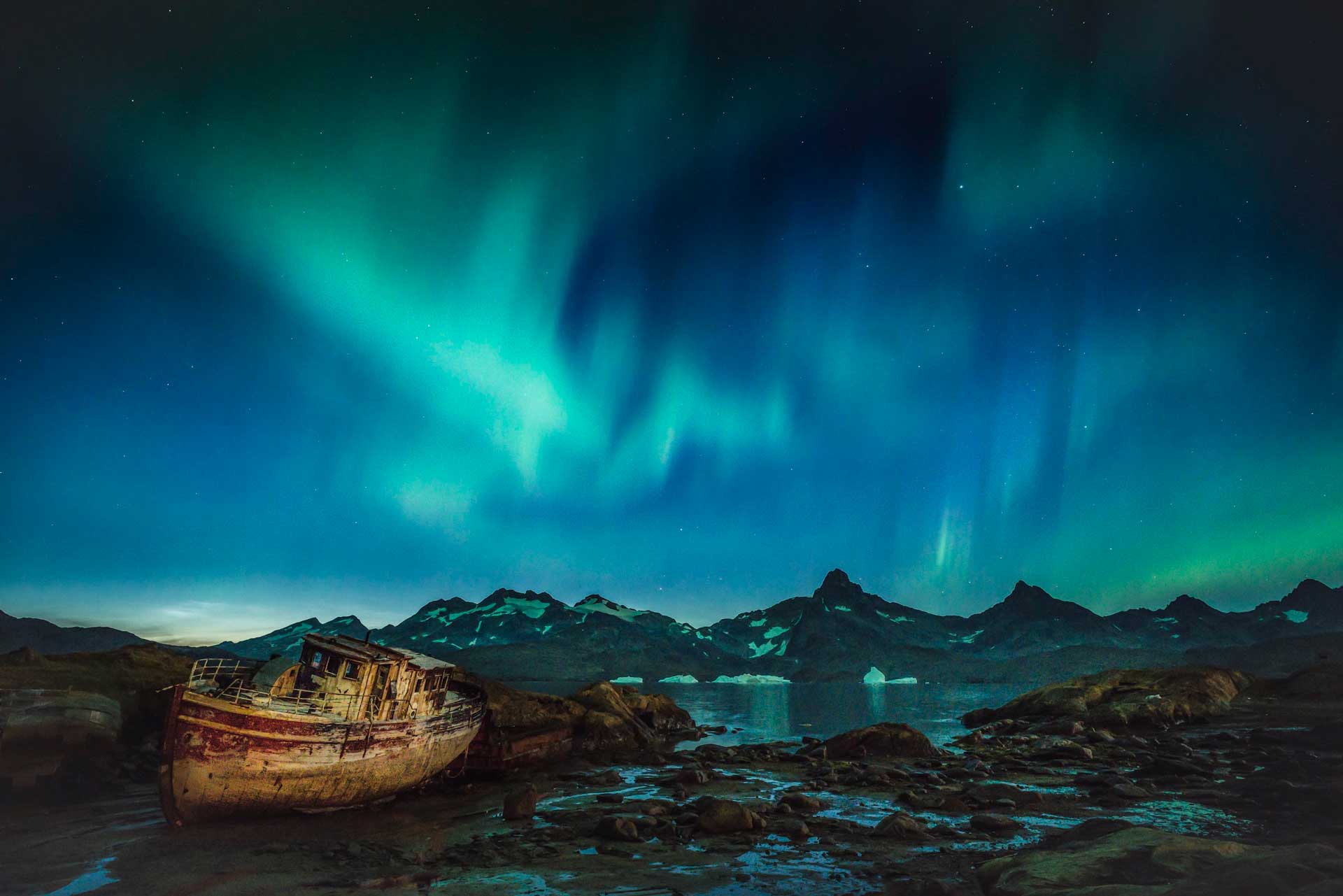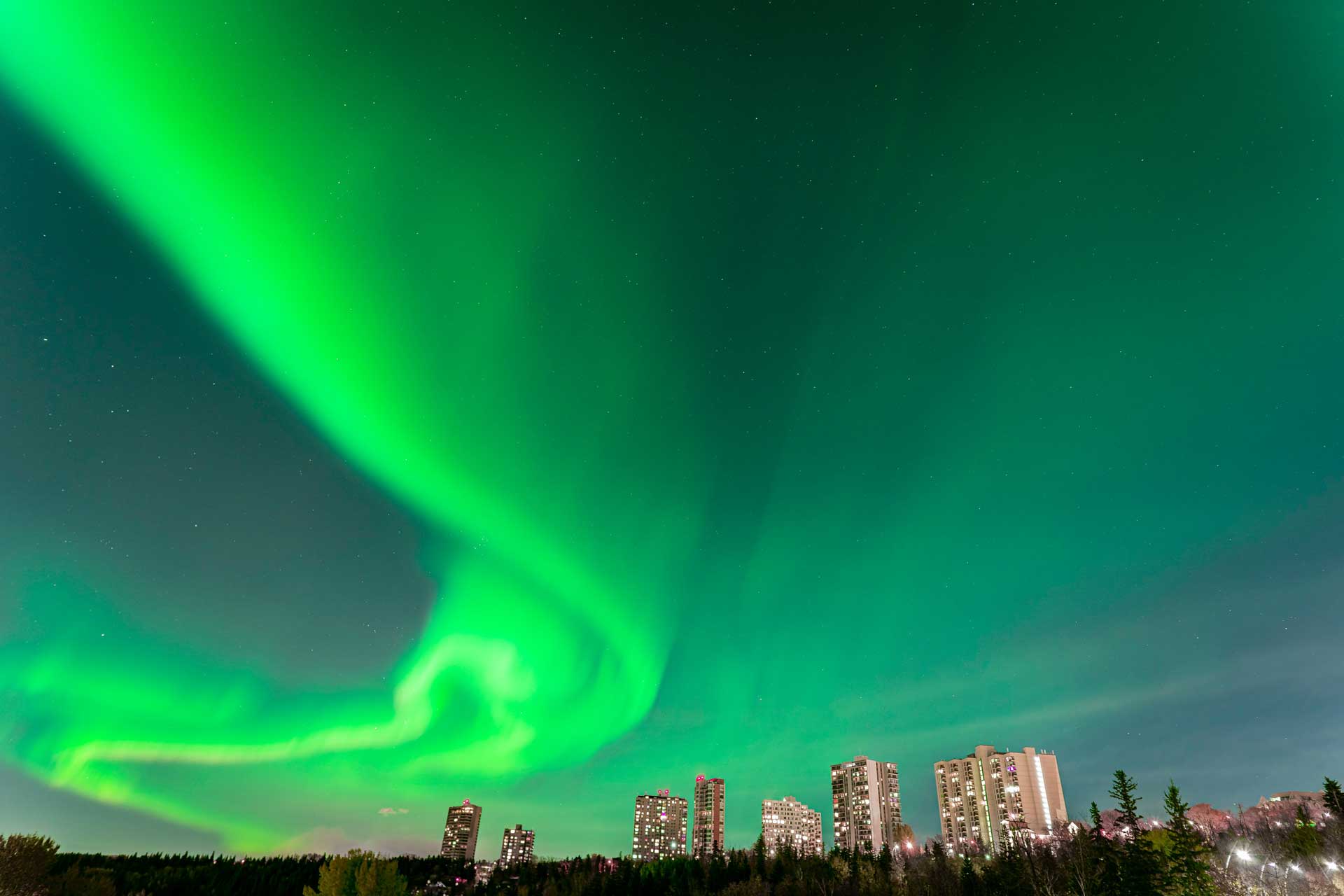Seeing the northern lights is, for many people, an ultimate bucket list goal. Sure, the rise of social media in recent years means that some of the mystery surrounding the northern lights (aka the aurora borealis) has waned slightly but, as anyone who’s seen the phenomenon in real-life will tell you, there’s still not many experiences on earth that match witnessing this famous cosmic light show firsthand. To help you plan the trip of a lifetime, we’ve compiled this guide to some of the best places to see the northern lights. What, after all, could be better than an adventure that features the consequences of charged particles from the sun colliding with atoms in Earth’s atmosphere?
Before highlighting some of the very best destinations for seeing the northern lights in person, it’s well worth pointing out at this stage that you can see the northern lights anytime between late August and mid-April. Dark skies are what you’ll need so don’t count on seeing them from mid-April onwards until mid-August. The long days of summer at this time of year, especially up around the Arctic Circle, means your chances of seeing the northern lights during this particular window are almost zero.
Interested in seeing the aurora borealis? Consider getting yourself to one of the destinations below.
The Best Places To See The Northern Lights
Iceland
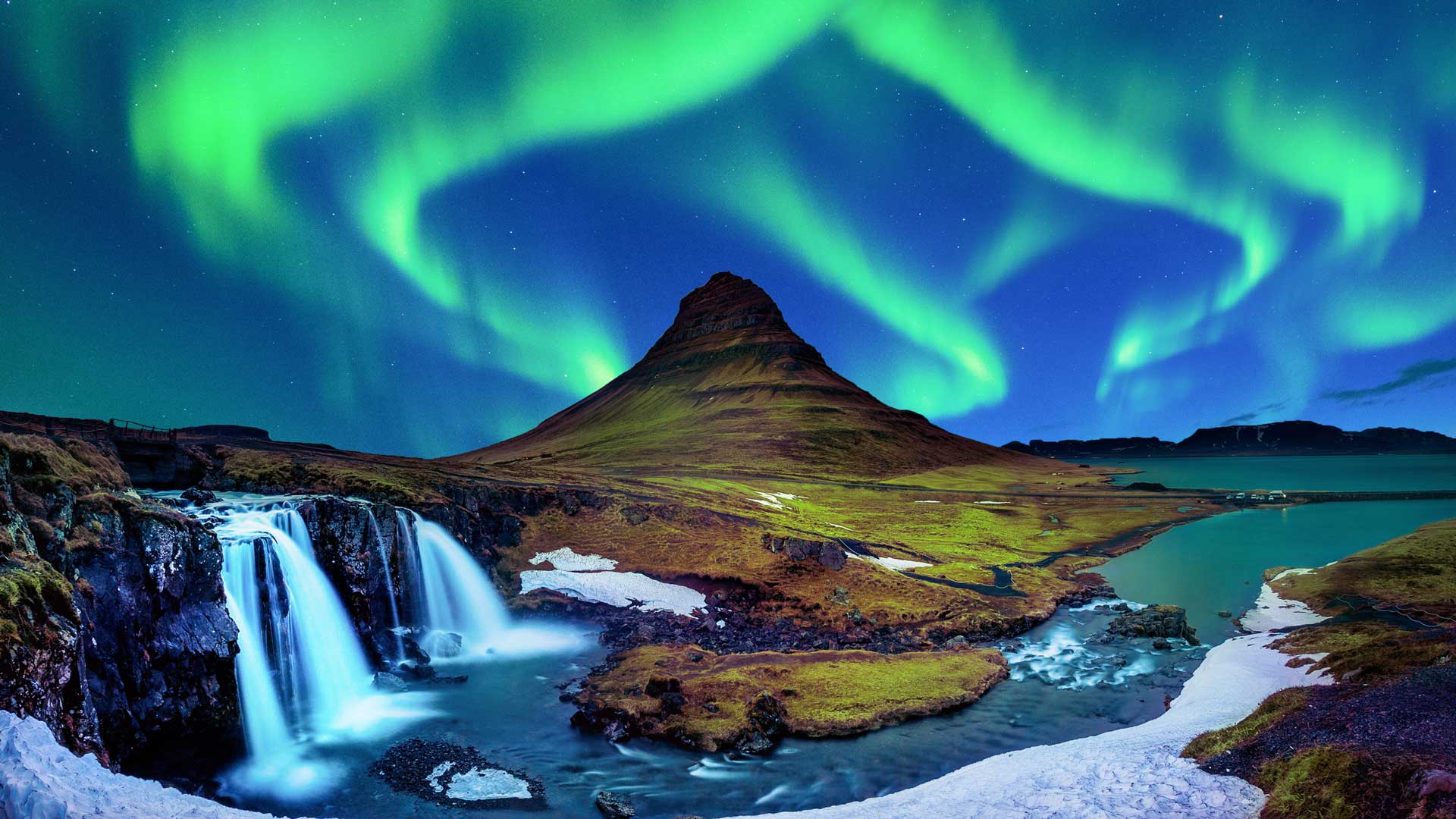
Think of Iceland and, chances are, your mind might just wander unobstructed to thoughts of the northern lights. Yes, the country of Iceland is home to some incredible waterfalls, and the kind of otherworldly terrain that makes filmmakers everywhere swoon (see this drone footage filmed in Iceland, as a case in point), but the reality is that a big percentage of the country’s visitors make the journey to this volcanic island in the hope of capturing a glimpse of the north’s most famous light show (hard luck Blackpool, better luck next time).
Owing to the fact it’s a naturally occurring phenomenon, predicting the northern lights in advance – even somewhere as northerly as Iceland – is a challenge. That being said, Iceland has a whole lot of interconnected factors in its favour when it comes to considering your northern lights adventure destination. The auroras, northern and southern, only appear near the world’s magnetic poles. In the north, they’re usually only visible above a latitude of 60 degrees (below 60 degrees in the south). The good news for seekers of the northern lights is that Iceland sits at a latitude of roughly 64 degrees north, meaning it’s pretty much perfectly positioned in a geographic sense.
Like all the best places to see the northern lights, the northerly position of Iceland means it gets long hours of darkness during the wintry half of the year. This might sound obvious but this will help you because, ultimately, you’ll have more hours at night to seek out something that naturally cannot be witnessed during daylight. Throw in the fact that Iceland, as a country, is sparsely populated, with not too many built up areas, and it means you’re unlikely to have to contend with light pollution that could potentially derail your magic moment with the aurora borealis.
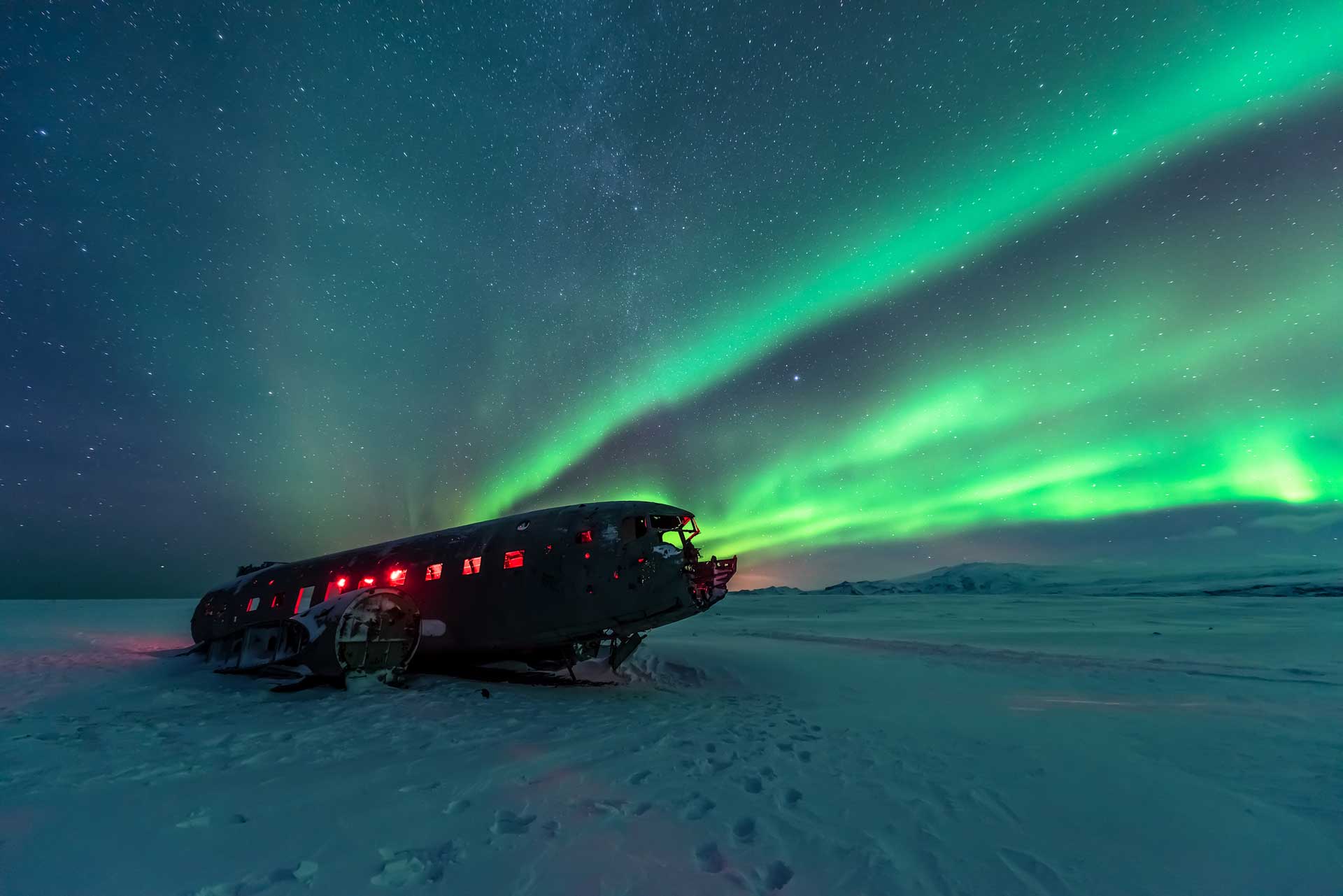
Something that makes Iceland such an excellent spot for witnessing the northern lights include the number of accommodation options in and around Reykjavik. Last year, in 2021, the country welcomed 700,000 international visitors and it’s thought this big number could double over the course of 2022 as global travel finds it feet again. The country’s tourist friendly nature might not be intrepid adventurer types’ cup of tea, and there is a sense that Iceland is very much on the beaten track these days (as opposed to some of the more mysterious and unique northern lights destinations). Don’t let that put you off though. From a purely practical point of view though, the sheer popularity of Iceland means there’s already an established infrastructure in place in terms of ample food, drink, and bed options.
Another thing worth considering when trying to establish where you’re heading off to in order to see the northern lights is the ‘what if, due to the various factors beyond your control, the northern lights refuse to play ball and do not show up’ scenario. With the northern lights, you can plan, and plan, and plan some more but they are, in reality, notoriously hard to predict. Witnessing them for yourself, even if you go to the right places at the right time of year, requires a little bit of good fortune. This is as true of Iceland, as it any other destination on our list. The good thing about Iceland, however, is just how much other stuff there is to see and do. How does, for starters, mind-blowing glaciers, otherworldly waterfalls, black sand beaches, stunning rock formations, exploding geysers and hot lava-spewing volcanoes sound? Sounds pretty epic, doesn’t it? Yes, even if the northern lights don’t show during your time in the country, the pure outdoorsy goodness of Iceland should more than make up for it.
If you’re looking to go on a paid-for northern lights tour in Iceland, you’ll be glad to know the island is absolutely chockablock with options on that front. Reykjavik Excursions run a number of northern lights tours, at various different price points, and might be a good place to start when you’re doing your research. Gray Line are another northern lights tour operator, working with some top-level professional guides, that are worth checking out.
